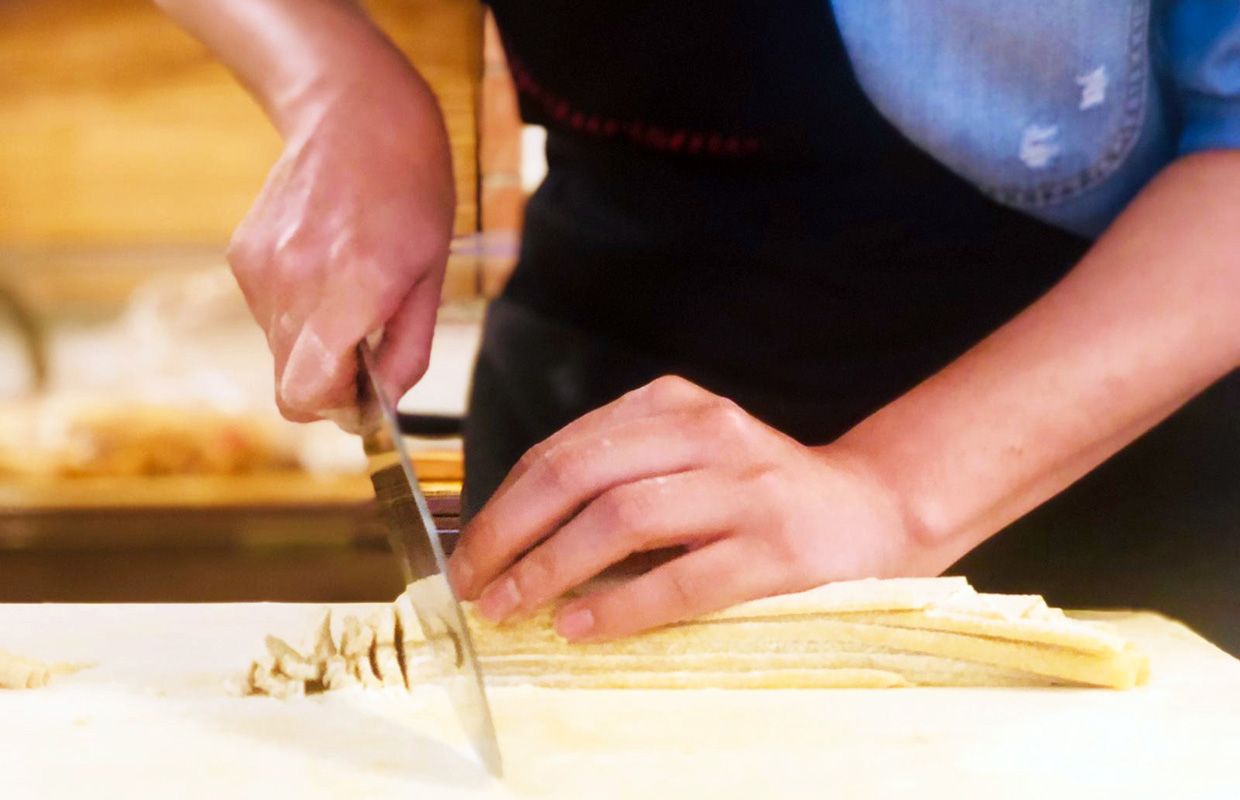
Attending the Baìo di Sampeyre is like being invited to a game whose rules you don’t exactly know and yet enjoy. We are in the Varaita Valley, in the province of Cuneo, where every five years the historical re-enactment-which has nothing to do with carnival-is staged to commemorate the expulsion of the Saracen pirates who came from Africa by the valiant local population. The flamboyant outfits and lavish headdresses, which differ according to the character’s role, are dressed only by men, however. The women of the village have the delicate task of taking up the bindels (silk ribbons) and delicate Provençal fabrics every five years to create distinct outfits for the gentlemen, extravagant for the harlequins, and vexatious for the young ladies and the bride. The ribbons are held together by tiny pins and are patiently undone when the party ends.
The festivities last three days, on the first Sunday each Baìo remains from his own hamlet to celebrate, eat together and dance Occitan dances, on the second the different processions meet in the main square of Sampeyre for more feasting, more food, more dancing, and on Shrove Thursday there is the highlight of the celebration: the trial of the cunning treasurer, guilty of stealing the town’s treasure.
But what does the cry “Baìo!” that echoes as the procession parades through the streets mean? While etymologically there is a link with the word “Abà,” the supreme leader of the Baìo, the cry itself is an expression of joy at the liberation from the invaders, who parade chained accompanied by their donkeys.
Giampiero is one of the protagonists who knows the rules of the game well. A native of the hamlet of Rore, the pride of being part of this tradition shines in his eyes when we meet him dressed as a *** early in the morning as the drummers walk the streets of the hamlet to announce the start of the parade.
Name:
Nationality: Italian
Favourite food:
Favouite wine:
Favourite Piedmontese word:
Your secret paradise:

